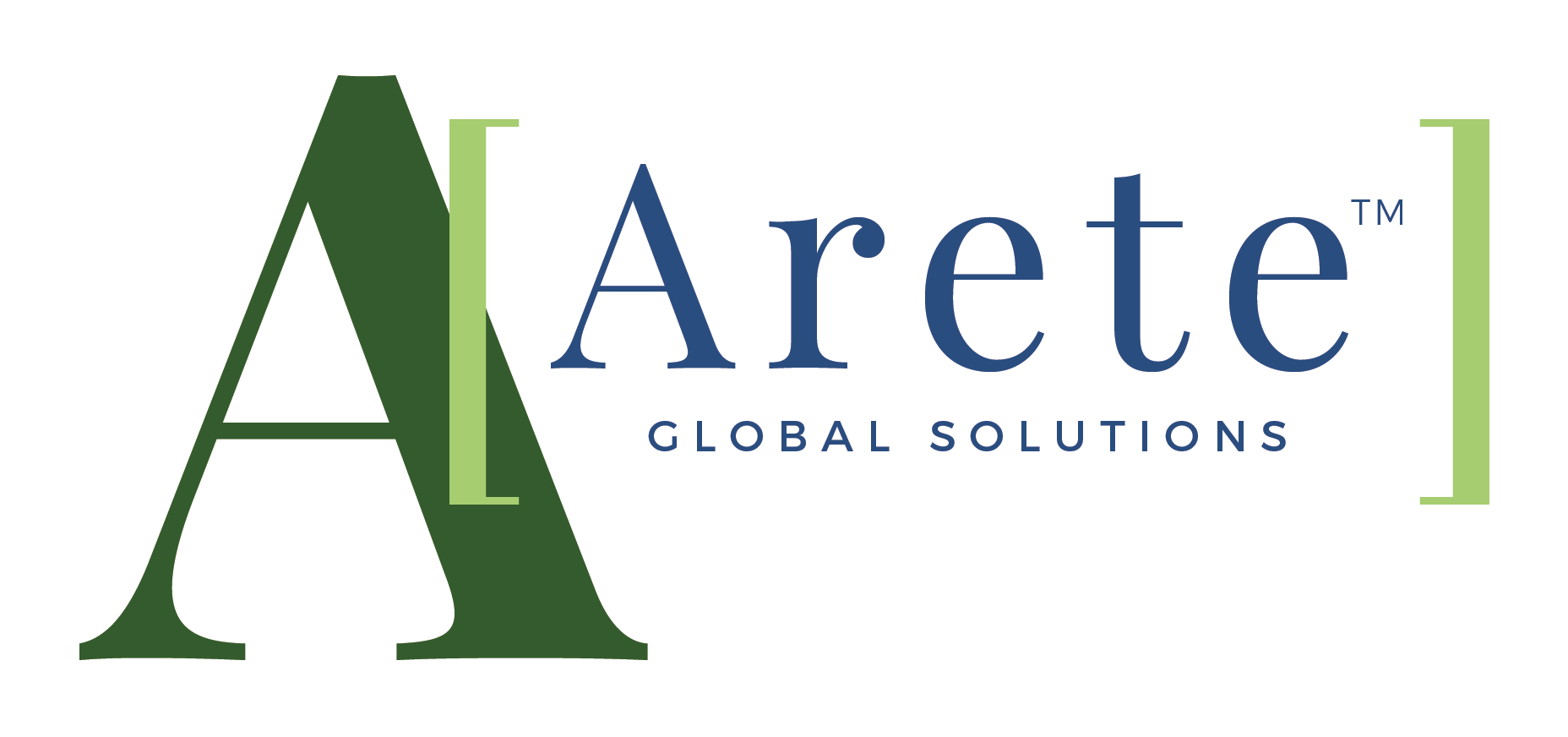In Prior Episodes…
In part 1, I introduced the complexity topic and provided some sample online definitions. I also discussed some sources of complexity. In Part 2, I provided a case study showing several significant challenges that were the result of lack of deep planning and health checks before the project began executing.
In three posts to wrap up Unraveling Complexity, I’ll discuss some approaches to address preparations for three situations. This post will discuss Situation 1.
SITUATION 1
Symptoms
Assessment Thoughts
My initial assessment turns to Prosci’s ADKAR model of how people experience and transition through change and some important content from Christina Lovelock’s presentation on Compassionate Change given during Serendipity Fest 2021.
ADKAR
Prosci teaches that “organizational change requires individual change” and the “organizational outcomes are the collective result of individual change”. Organizations do not change, but the people do. The letters in ADKAR stand for Awareness, Desire, Knowledge, Ability and Reinforcement. Each one of these components have their own strategies for success. Sometimes the most difficult one is “desire” because each person makes the decision to support change. Though generally sequential, attention to the other four items help promote initial desire or can damage it over time.
For this situation, attention to the ADKAR model and its strategies and activities over the project lifecycle are critical to avoiding and dealing with the symptoms listed. Christina Lovelock proposed that people don’t necessarily fear “change”, but they fear “loss”. These could be perceived or actual losses because of the change. Potential losses include work, control, confidence, identity, skills, capability, and comfort. Each of these have different influences and levers that can be pulled to address them. Acknowledging them and actions to address each should be part of the planning process.
Compassionate Change
Christina Lovelock proposed that people don’t necessarily fear “change”, but they fear “loss”. These could be perceived or actual losses because of the change. Potential losses include work, control, confidence, identity, skills, capability, and comfort. Each of these have different influences and levers that can be pulled to address them. Acknowledging them and actions to address those relevant should be part of the planning process.
Conclusions / Wrap-Up
In summary, the key concept in addressing Situation 1 is recognizing and embracing the change management value proposition. This includes overall strategy and plans for engagement, exceptional sponsorship and coaching, robust learning and development oriented activities that go beyond traditional types of “training”, and response management.
Your thoughts and comments on this post are invited and always welcome. Please share your stories of how Change Management was a game-changer in a recent project.
In the next installment of this series, I’ll talk about Situation 2, finding mandatory internal administrative processes.
Want Tips for Unraveling Complexity?

Get a copy of our new resource:
7 Tips for Unraveling Complexity Without Tearing Your Hair Out
Please enter a few contact details and the document will be available for viewing and download.


